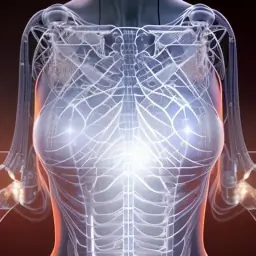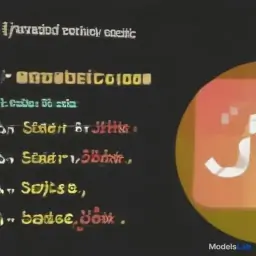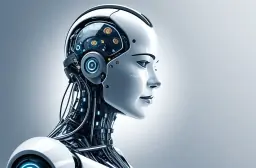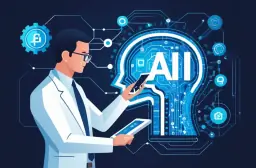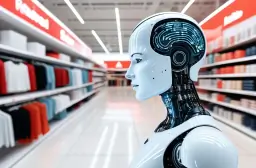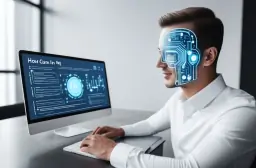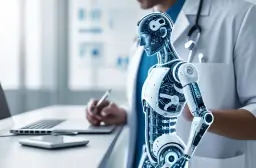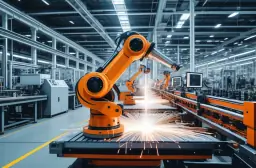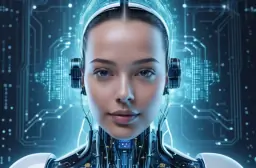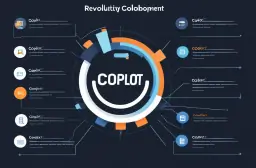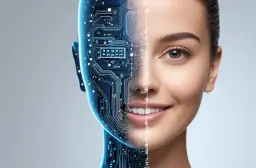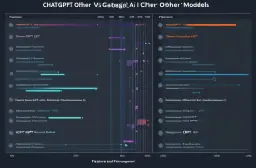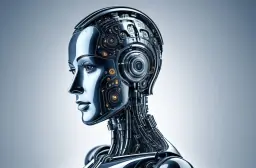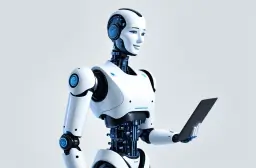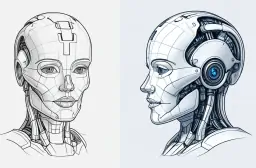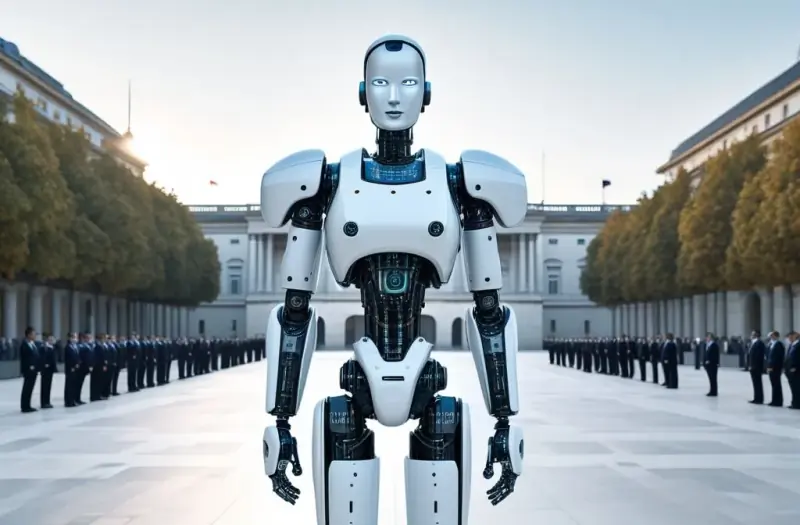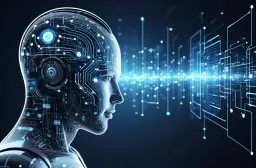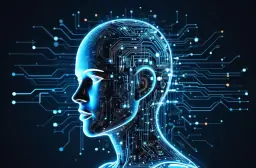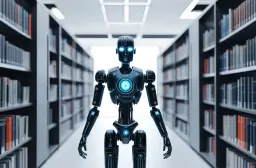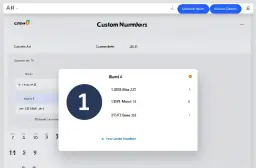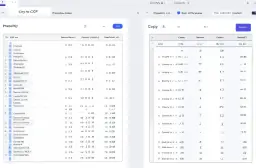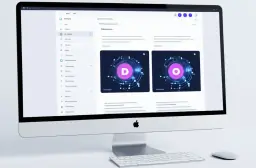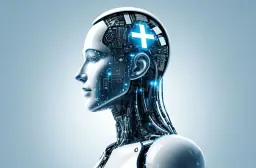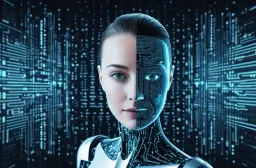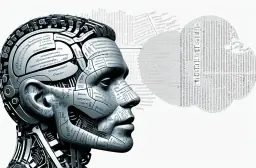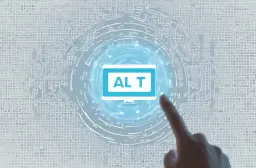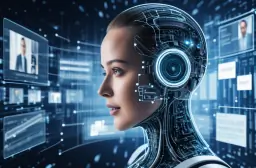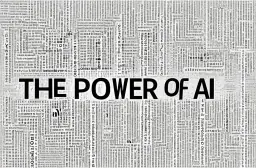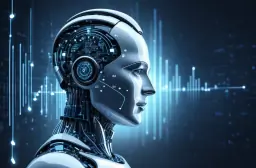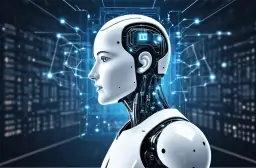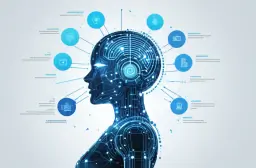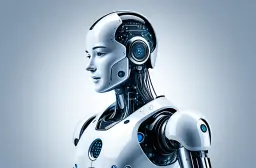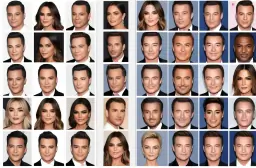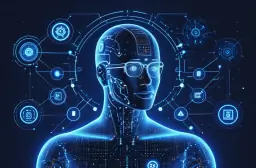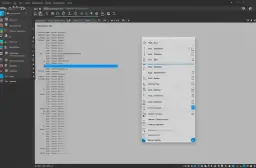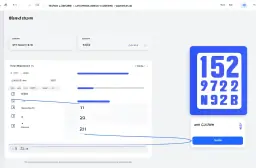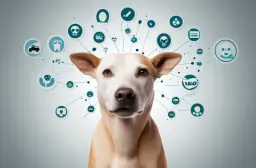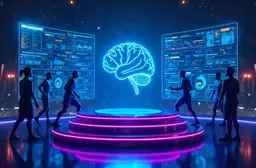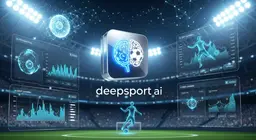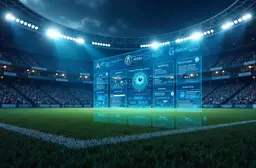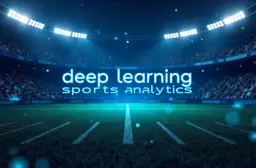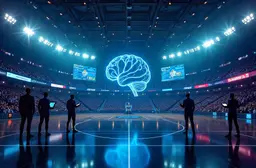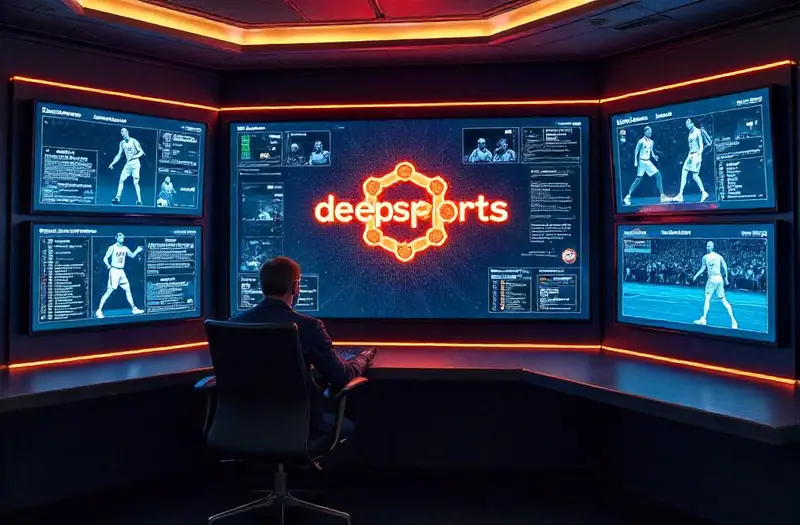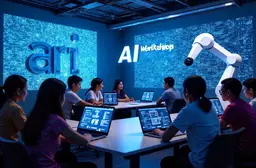Best Deep Learning Applications in Sports Analytics
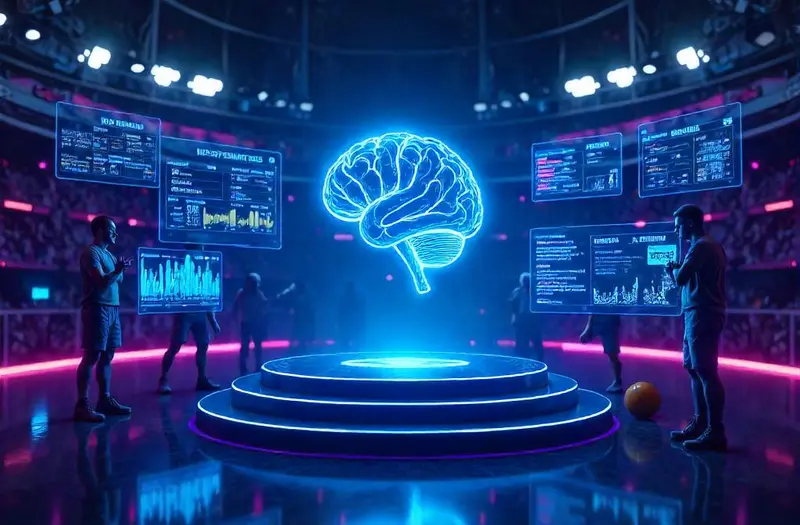
Table of Contents
The best deep learning applications in sports analytics are becoming a major highlight in the modern sports world. With advancements in AI technology and machine learning, we can now analyze athlete performance, predict match outcomes, and optimize team strategies in real time. This data-driven approach brings a new dimension to sports decision-making that once relied solely on a coach’s intuition and on-field experience.
In this article, we’ll explore the best deep learning applications in sports analytics, from injury prediction to computer vision for tracking player movements. We’ll also see how neural networks help professional teams with sports talent scouting and how computer vision is transforming the way we understand game statistics.
The Role of Deep Learning in Athlete Performance Analysis
Deep learning has revolutionized how we understand athlete performance. With this technology, we can analyze thousands of data points such as speed, training intensity, and player movement patterns. The application of deep learning in sports analytics enables more objective and accurate evaluations.
Moreover, AI technology for athlete performance tracking can provide personalized training recommendations, reduce the risk of overtraining, and improve time efficiency. It can also detect early signs of fatigue or potential injuries before they happen.
What’s even more impressive is how deep learning algorithms continuously learn from new data. With real-time predictive models, coaches can adjust training strategies and rest schedules to maximize athlete performance.
1. Wearable Technology and Sensor Data
Wearable technology like smart bands or sensors embedded in athlete clothing collects rich data. Deep learning leverages this data to analyze movement patterns and provide deeper insights into performance.
- Detects micro-performance declines invisible to the naked eye.
- Recommends optimal training intensity.
- Creates personalized physical profiles for each athlete.
2. Athlete Injury Prediction Models
Deep learning models can analyze injury history, training intensity, and fatigue patterns to predict injury risks. With this approach, medical teams can take preventive measures earlier.
A real-life example is how European football clubs use AI to reduce injury rates by 30% per season, according to the Sports Tech Journal 2024 report.
Match Outcome Predictions with Machine Learning
One popular use of machine learning in sports is predicting match outcomes. Machine learning in match outcome prediction helps clubs and analysts gain more accurate data-driven insights.
These predictions are based on analyzing previous match statistics, individual player performances, weather conditions, and opponent tactical trends. With deep learning algorithms, models can identify hidden patterns that are hard for humans to detect.
This technology is also used to support sports betting platforms and media broadcasters in providing accurate predictions to viewers.
1. Statistical Algorithms and Team Strategy Optimization
Deep learning algorithms for team strategy optimization analyze thousands of possible match scenarios. With these simulations, coaches can design the best tactics before facing specific opponents.
- Analyzing opponent attack and defense patterns.
- Simulating the probability of the best formations.
- Predicting key player performances for specific matches.
2. NBA and EPL Case Studies
In the NBA, using real-time sports analytics with AI has increased win prediction accuracy to 85%. Meanwhile, in the English Premier League (EPL), this technology helps clubs understand the strengths and weaknesses of opponents before matches.
Computer Vision for Match Analysis
Computer vision enables deep visual analysis of match recordings. Computer vision for player movement tracking helps teams understand tactical patterns used by opponents.
With high-resolution cameras and AI systems, we can map every player’s movement in real time. This data is used to evaluate attacking areas, ball movements, and player spacing.
Additionally, computer vision is also used in VAR (Video Assistant Referee) to ensure more objective referee decisions.
1. Player Movement Heatmaps
Heatmap analysis helps visualize the areas of the field most frequently occupied by players. This is useful for:
- Optimizing player positions.
- Understanding opponent attacking patterns.
- Identifying vulnerable areas on the field.
2. Automatic Tracking and Evaluation
With the use of neural networks for player evaluation, performance assessments that once took hours can now be completed in minutes. This technology saves analysts time while delivering more accurate results.
NLP for Commentary Interpretation and Media Analysis
Beyond visuals, Natural Language Processing (NLP) is used to analyze sports commentary from social media, news, or player interviews. NLP in interpreting sports commentary helps understand public sentiment and provides additional insights for teams and management.
By analyzing millions of comments, NLP can identify patterns in public opinion, controversial issues, or negative sentiments that clubs need to address.
1. Social Media Sentiment Analysis
Through NLP, we can gauge the level of fan support for certain players or strategies. This helps management make decisions related to public communication.
2. Automated Media Reporting
Clubs can use NLP to automatically generate reports analyzing news and media opinions. This saves PR teams time while enriching strategic insights.
Sports Talent Scouting with Deep Learning Models
Deep learning models for sports talent scouting are now a modern solution for player recruitment. By analyzing performance data, match statistics, and the growth patterns of young players, clubs can discover hidden talent faster.
This technology utilizes AI-driven recommendation systems to provide a list of potential players based on performance and future potential.
1. Historical Data Analysis and Career Prediction
AI models can predict the career development of young players based on historical data of similar athletes. This helps clubs reduce investment risks on less promising players.
2. Examples of Professional Club Implementation
Several La Liga and Bundesliga clubs have used AI to find talented players in smaller leagues, saving scouting costs by 40% each season.
Comparison Table of Deep Learning Implementations in Sports
| Year | Key Technology | Main Impact | Example Club Users |
|---|---|---|---|
| 2021 | Wearable Sensor + AI | Early detection of fatigue and injuries | Manchester City |
| 2022 | Computer Vision | Real-time player movement tracking | FC Barcelona |
| 2023 | NLP + Social Media Analysis | Public opinion management and communication | Real Madrid |
| 2024 | Scouting AI + Predictive Model | Data-driven identification of young talents | Bayern Munich |
FAQs
What is deep learning in sports analytics? Deep learning in sports analytics is the use of artificial neural networks to deeply analyze performance data, matches, and athlete statistics.
How does AI help prevent athlete injuries? AI analyzes training patterns, fatigue, and injury history to predict injury risks early so medical teams can take preventive action.
Is computer vision only used for VAR? No. Computer vision is also used for tactical analysis, player movement tracking, and real-time team strategy evaluation.
Can AI help scout young players? Yes, AI models can predict young players’ career potential based on historical data and the growth patterns of similar athletes.
Is AI-based sports analytics only for professional teams? No, this technology can also be used by academies, local coaches, and small sports organizations to improve performance.
Conclusion
The best deep learning applications in sports analytics have brought a major revolution in how we understand and manage athlete performance, team tactics, and even public communication management. From computer vision to NLP, each technology offers significant benefits for clubs and athletes.
With broader adoption, artificial intelligence for sports statistics will continue to evolve and provide new insights we never imagined before. The future of sports analytics will undoubtedly become more connected with intelligent and adaptive AI technologies.
Key Takeaways
- Deep learning improves athlete performance evaluation and injury prediction.
- Machine learning makes match outcome predictions more accurate.
- Computer vision and NLP enrich visual analysis and public opinion insights.
- AI-based scouting helps find sports talent more efficiently.
- AI implementation saves time, reduces costs, and increases strategy accuracy.

























